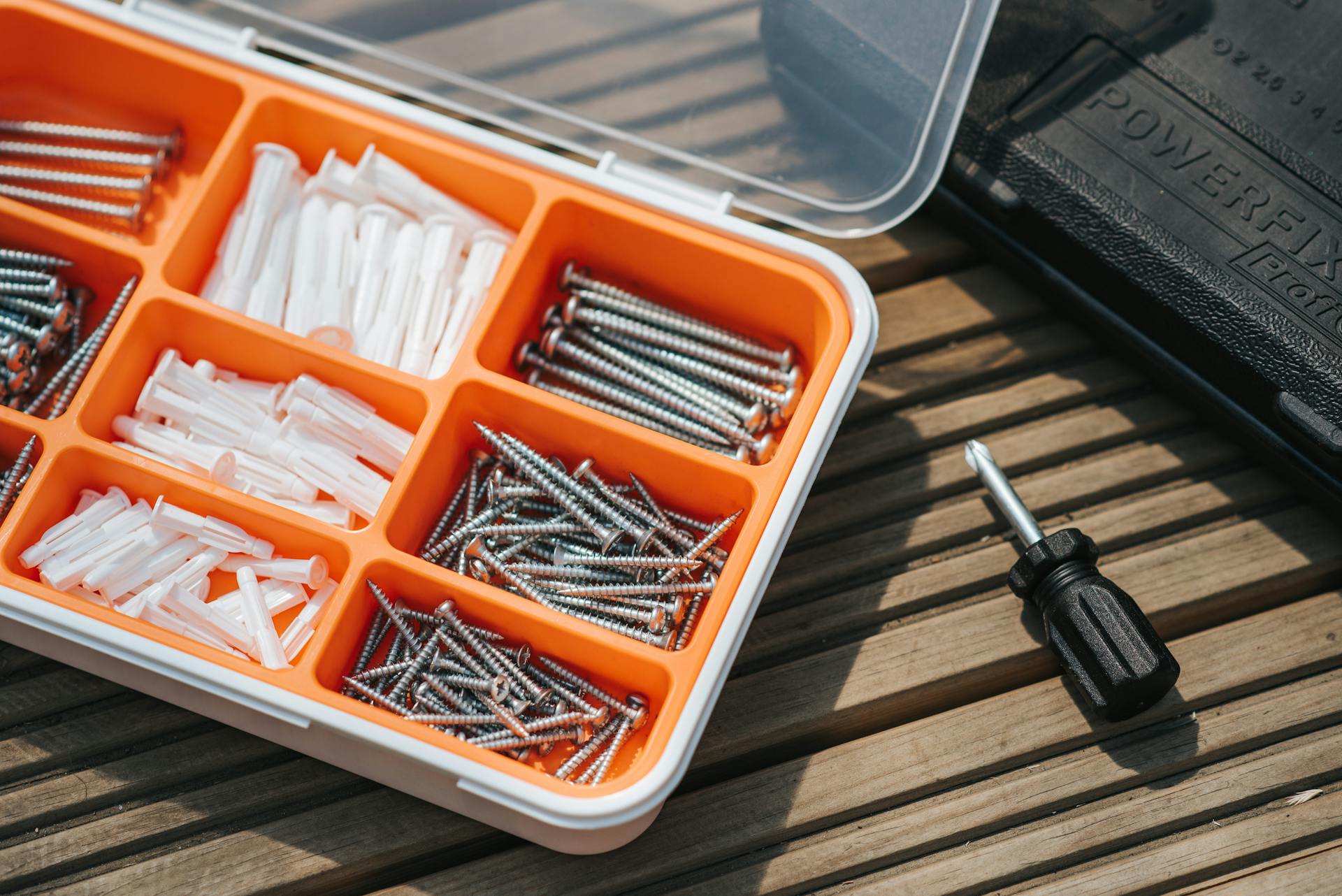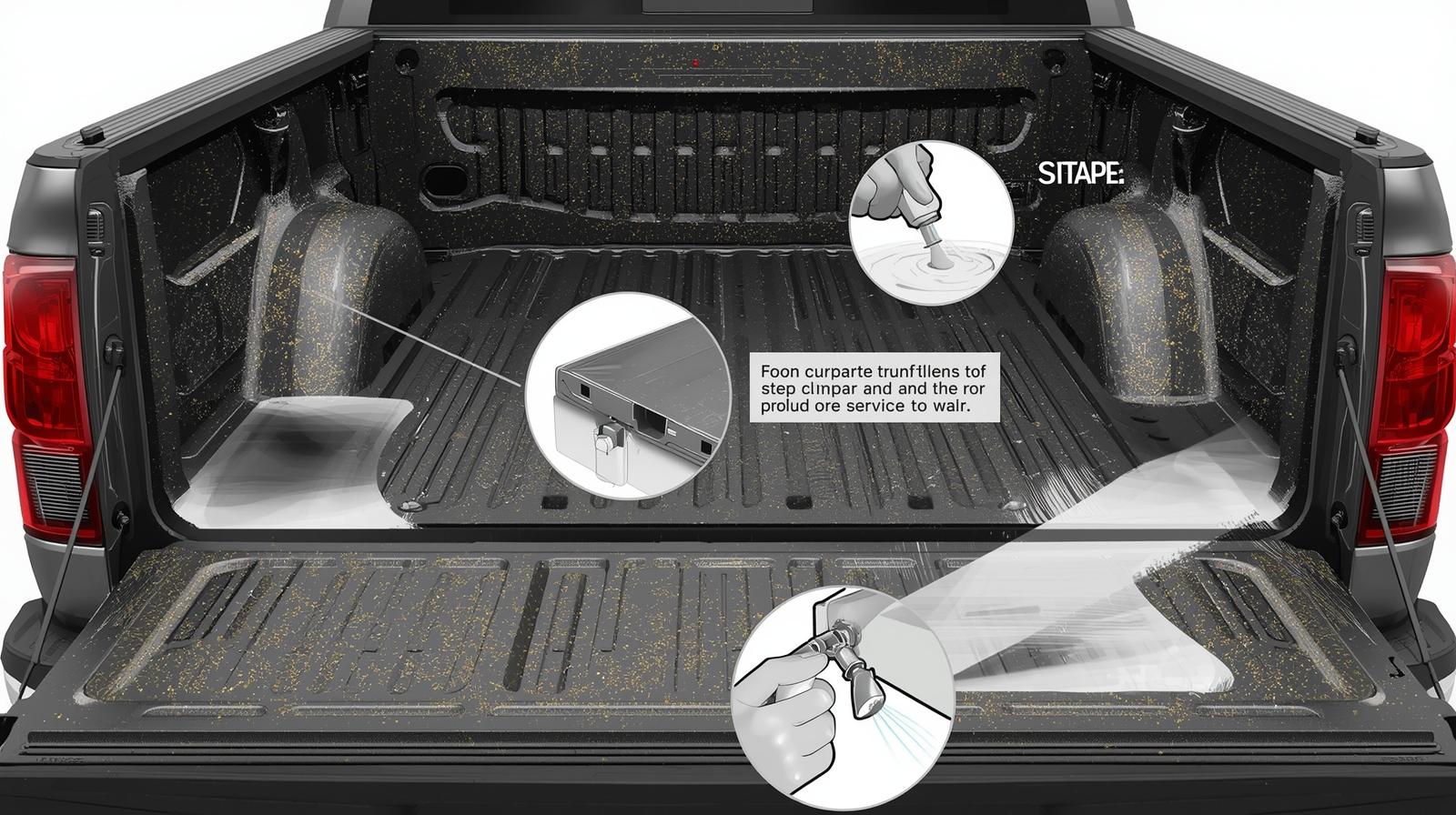For businesses that use ball screws in their equipment and products, whether they’re fabricating machine parts or manufacturing medical equipment, finding high-quality components is crucial. Several ball screw assemblies are on the market, each of which can help companies boost their production and create the products their customers are looking for. Still, not all ball screws are created equally. Because of that, it’s important to keep the following factors in mind when choosing these assemblies.
Load Capacity
One of the aspects to consider when Finding Quality Ball Screws is their load capacity. This determines a ball screw’s ability to handle pressure. Two specific factors come into play here: dynamic and static load ratings. Dynamic load rating is the maximum load a ball screw assembly can handle while in motion whereas static load rating refers to the stress the assembly can handle when it’s not in motion. Both of these factors help to determine a ball screw assembly’s durability and longevity.
Preload
Preload is also an important factor to keep in mind. That’s the internal tension applied to a ball screw assembly to help eliminate backlash. Preload can aid in improving accuracy, but it may also increase friction, vibration, and wear. When considering an assembly’s preload, finding a balance between smooth operation and minimal backlash is essential. Though there are a few effective ways to incorporate that balance into an assembly, not all of them are appropriate for all operating requirements.
Operating Efficiency
Operating efficiency is another factor to consider. People often choose these types of assemblies because they’re more efficient at converting rotational motion into linear motion or vice versa, and they can be 90 percent more efficient than other options. That being said, some ball screws are more efficient than others. Aspects like their thread angle and ball size will partially determine an assembly’s operating efficiency and, by extension, their heat generation and energy consumption.
Operating Speed
Yet another aspect to think about is an assembly’s operating speed. This can be limited by an array of factors, including a ball screw’s vibration, preload requirements, and the amount of heat it generates while in motion. With all ball screws, there’s a point at which they begin to vibrate excessively and generate more levels of heat that what’s considered safe. That’s the assembly’s critical speed. Be sure your operating speed requirements don’t exceed the assembly’s critical speed.
Environmental Compatibility
Consider an assembly’s compatibility with the environmental factors it’ll be up against as well. In general, those include extreme temperatures, moisture, dust, and debris. In some situations, harsh chemicals and other hazards may also enter the mix. Be sure to choose a ball screw assembly that can handle any of those conditions it may face to guarantee its efficiency and longevity.
Choosing the Right Assembly for Your Machinery
Ball screws are known for their efficiency. Most can operate at high speeds and under a great deal of stress without sacrificing durability and longevity. Still, not all assemblies are designed to hold up against all operating conditions. Keep the factors mentioned here in mind to aid in finding a high-quality ball screw that’s fully capable of meeting your needs.





